10 Open-Ended Preschool Art Activities to Spark Creativity (2025)
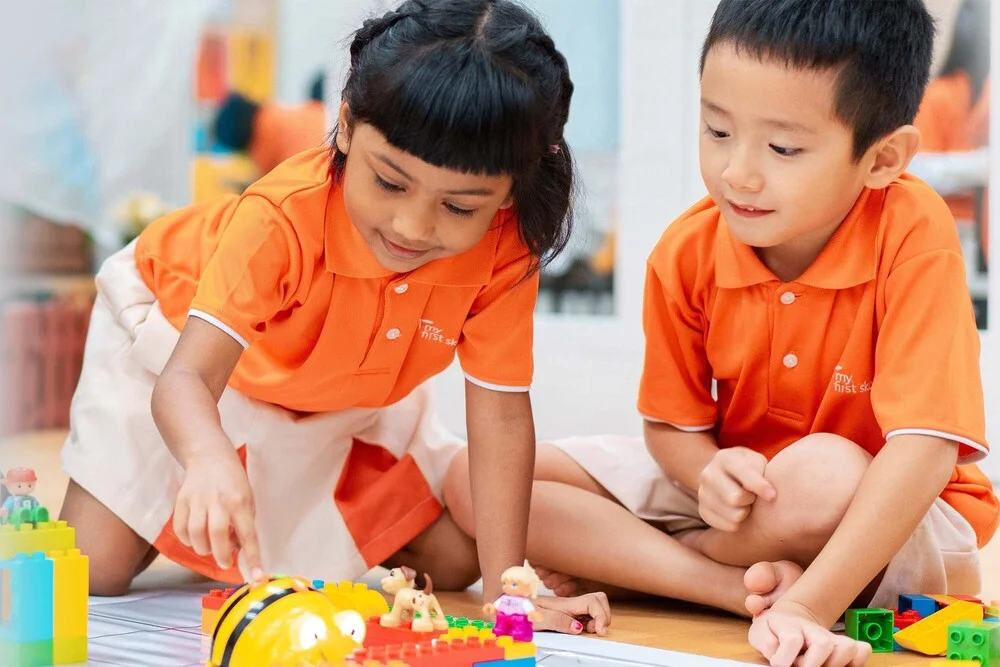

Kids love engaging in open-ended art activities because of the joy and spontaneity they experience during these creative pursuits.
These activities are particularly beneficial for preschool-aged children as they nurture creativity, enhance fine motor skills, and encourage self-expression.
Unlike structured projects, open-ended art allows preschoolers to explore materials freely without predetermined outcomes, fostering independence and confidence.
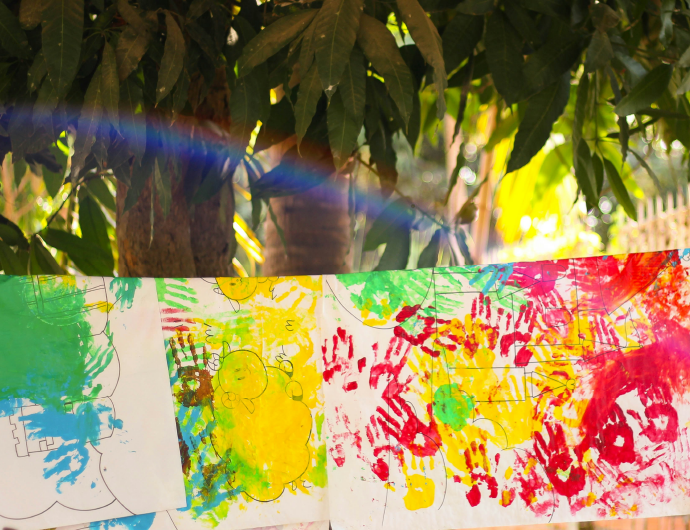
Open-ended art activities are versatile and imaginative approaches where children are given the freedom to use materials they choose without being restricted to a specific final product.
Instead of following step-by-step instructions to create a set design, children experiment with colours, textures, and shapes in ways that make sense to them.
This approach allows for deeper cognitive and emotional engagement, fostering problem-solving skills, decision-making, and personal expression.
These activities are not about achieving a perfect outcome but rather about enjoying the creative process and discovering new possibilities.
By encouraging open-ended exploration, children develop essential skills such as hand-eye coordination, spatial awareness, and the ability to think critically and imaginatively. Additionally, these activities help build confidence as children learn that there are no right or wrong ways to create art.
Each of these activities offers a range of developmental benefits for preschoolers:
Here are ten enriching open-ended art activities that you can enjoy with your preschooler in 2025:
(Age: 2–5 years | Difficulty: Easy)
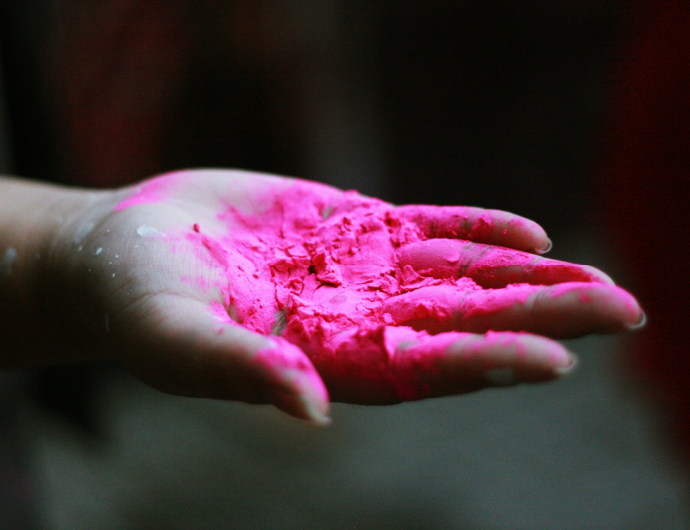
Transform traditional chalk art by introducing water. Soak sidewalk chalk in water and provide black construction paper as a canvas. The wet chalk produces vibrant, smooth strokes, offering a new sensory experience and a study in contrasts. This activity encourages experimentation with colour blending and texture.
Step-by-Step:
Why It’s Beneficial: Enhances sensory experience and colour exploration.
(Age: 3–6 years | Difficulty: Medium)
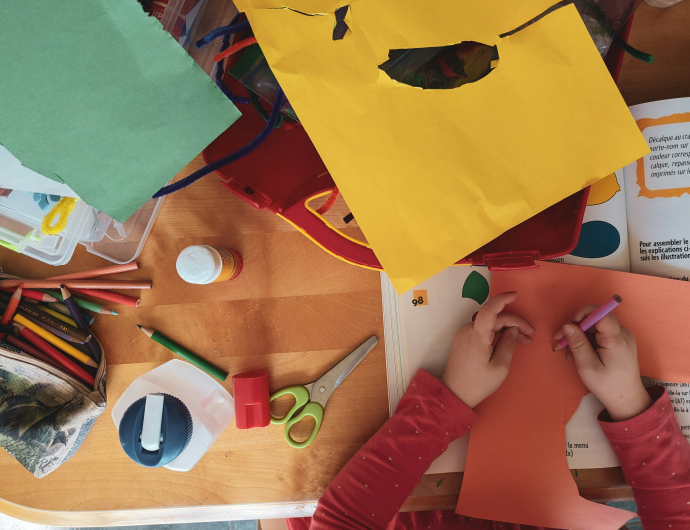
Gather an assortment of materials, such as magazine cutouts, tissue paper, fabric scraps, and natural elements like leaves or feathers. Provide your child with glue and a sturdy base, like cardboard or thick paper. Encourage them to arrange and layer the materials as they wish, resulting in a unique collage that reflects their creativity.
Step-by-Step:
Why It’s Beneficial: Develops creativity, fine motor skills, and problem-solving.
(Age: 2–5 years | Difficulty: Easy)
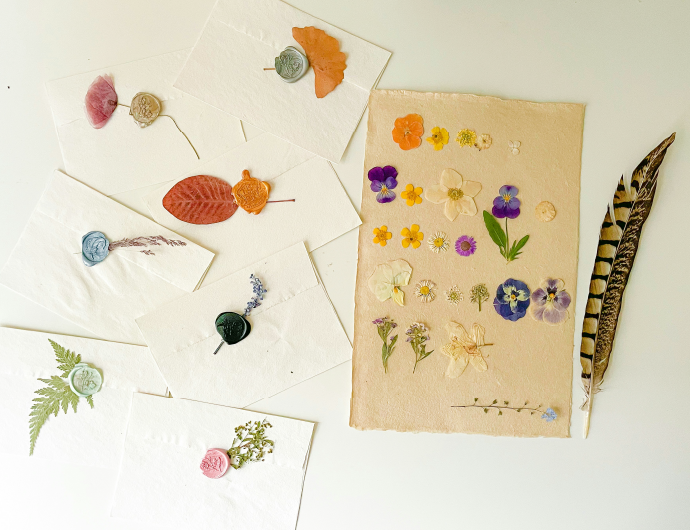
Playdough offers endless possibilities for imaginative creation. Supply various colours of playdough along with tools like rolling pins, cookie cutters, and plastic knives. Children can sculpt anything from animals to abstract forms, enhancing their fine motor skills and spatial awareness.
Step-by-Step:
Why It’s Beneficial: Enhances fine motor skills and spatial awareness.
(Age: 3–6 years | Difficulty: Medium)
Take a nature walk with your child to collect items such as leaves, flowers, sticks, and stones. Back at home, provide a large sheet of paper and some glue. Encourage your child to use natural materials to create artwork, fostering a connection with the environment and an appreciation for natural textures and shapes.
Step-by-Step:
Why It’s Beneficial: Encourages outdoor exploration and appreciation of nature.
(Age: 3–6 years | Difficulty: Medium-High)
Collect recyclable materials like cardboard boxes, plastic bottles, paper rolls, and other household items. With glue, tape, and child-safe scissors at hand, invite your child to construct models or sculptures from these “junk” materials. This activity promotes problem-solving and innovative thinking while emphasising the value of recycling.
Step-by-Step:
Why It’s Beneficial: Fosters creativity, problem-solving, and awareness of sustainability.
(Age: 2–4 years | Difficulty: Easy)
Secure a sheet of clear contact paper, sticky side up, to a table or wall. Provide various materials such as coloured tissue paper, yarn, and sequins. Children can press these items onto the sticky surface to create a collage. This activity is particularly suitable for younger preschoolers as it eliminates the need for glue and allows for easy repositioning.
Step-by-Step:
Why It’s Beneficial: It’s great for toddlers as it removes the need for glue and improves fine motor control.
(Age: 2–5 years | Difficulty: Easy)
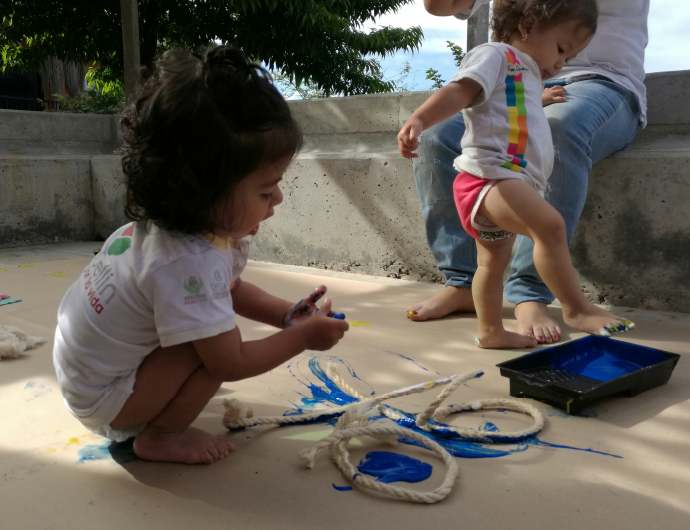
Move beyond brushes by offering items like sponges, cotton balls, feathers, or even vegetables like broccoli as painting tools. Dip these items into paint and press them onto paper to create different textures and patterns. This exploration enhances sensory experiences and broadens understanding of artistic techniques.
Step-by-Step:
Why It’s Beneficial: Enhances sensory exploration and creative thinking.
(Age: 3–6 years | Difficulty: Medium)
Draw simple, incomplete shapes or lines on a piece of paper and invite your child to complete the picture. For instance, a squiggly line might become part of a dragon, or a circle could turn into a sun. This activity stimulates imagination and encourages storytelling through art.
Step-by-Step:
Why It’s Beneficial: Boosts creativity, storytelling, and cognitive thinking.
(Age: 3–6 years | Difficulty: Medium)
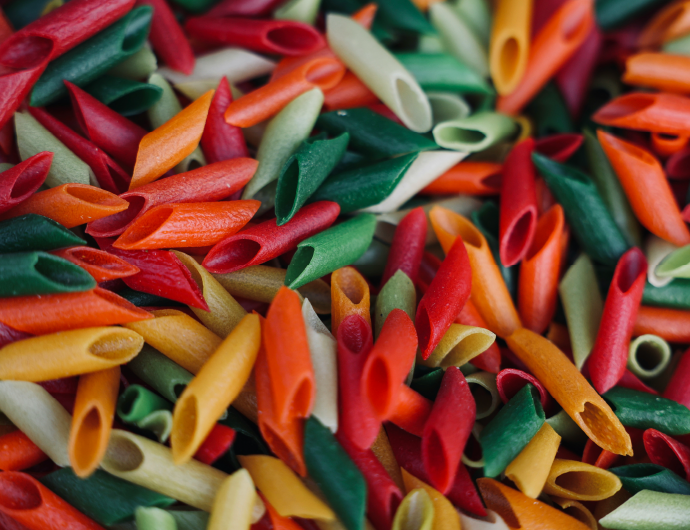
Colour uncooked pasta by shaking it in a bag with a few drops of food colouring and a splash of vinegar, then let it dry. Provide the colourful pasta along with string for your child to thread and create necklaces or bracelets. This enhances fine motor skills and allows for pattern recognition practice.
Step-by-Step:
Why It’s Beneficial: Develops fine motor skills and pattern recognition.
(Age: 2–4 years | Difficulty: Easy)
Utilise art supplies designed for toddlers that offer sensory experiences without the mess. Activities like using easy-grip crayons or washable markers can make the art-making process both fun and stress-free for parents and children alike.
Step-by-Step:
Why It’s Beneficial: Supports early creativity and motor skill development.
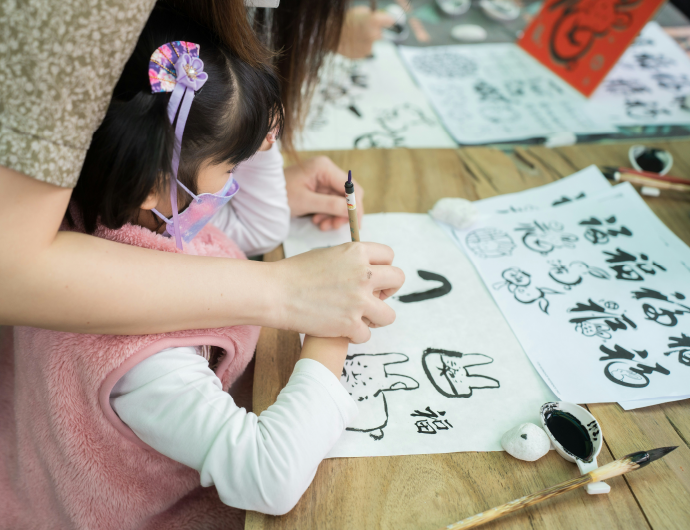
Art teachers play a crucial role in nurturing creativity and self-expression in young children.
Here are some practical tips to help you create a stimulating and supportive art environment:
By implementing these tips, art teachers can create a vibrant and nurturing environment that encourages young children to explore their creativity and develop essential skills through open-ended art activities.
At My First Skool, we believe in fostering a child’s creativity through hands-on, open-ended learning experiences. These activities are beneficial for preschool-aged children as they encourage creativity, fine motor skill development, and self-expression.
Our art-based activities are designed to encourage exploration, self-expression, and confidence in young learners. By providing a nurturing and stimulating environment, we help children build essential developmental skills while celebrating their unique artistic expressions.

Our carefully curated preschool curriculum integrates creative play with early education principles, ensuring that every child thrives in a supportive and inspiring space.
Whether at home or in a preschool setting, open-ended art activities play a vital role in a child’s early years. By embracing creativity, children develop important cognitive and social skills that lay the foundation for lifelong learning and success.
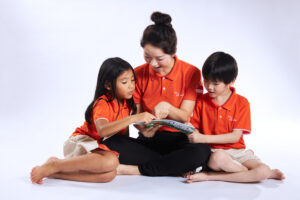
Every year, over 26,000 families all across Singapore see their children benefit from our relationship-based curriculum – one that emphasizes forging strong bonds between children, teachers and parents.
Find a centre near you or take a virtual tour to explore our learning environments and learn how your child can thrive.